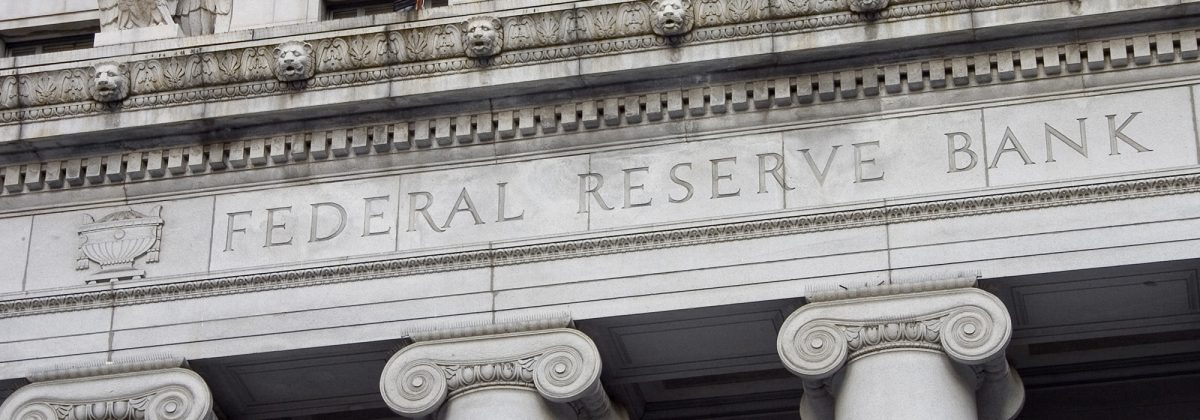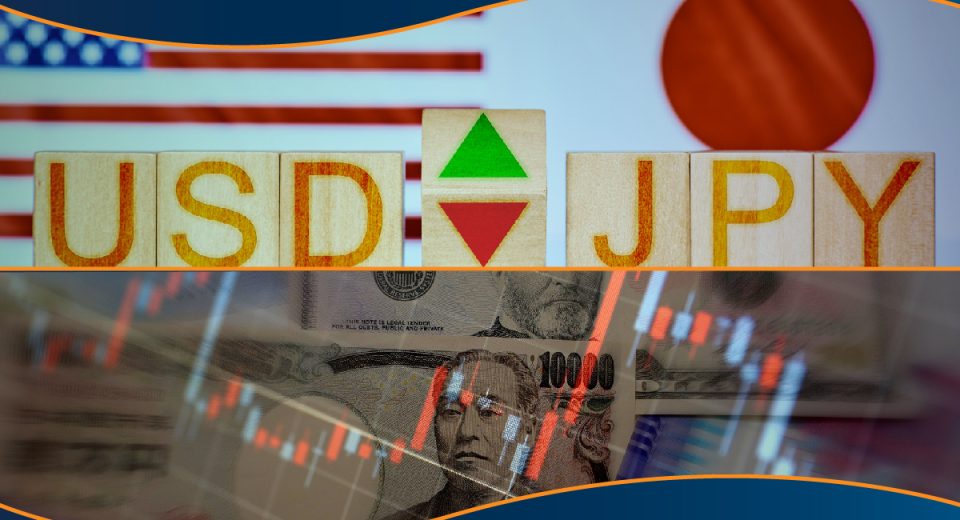Should the US Federal Reserve Further Lower Its Interest Rates?

On July 31, 2019, the US Federal Reserve slashed its interest rates by 0.25%, for the first time in 10 years. Its key benchmark interest rate now lies in the range of 2-2.25%. Weak global growth and the disruptive consequences of the US-China trade war were cited as the key reasons for this decision by the Fed Chairman, Jerome Powell.
By all indications, this might not be the last time that the US Central Bank lowers interest rates. At the recently held Fed annual conference in Jackson Hole, Wyoming, Chairman Powell hinted at a further rate cut in September 2019, expressing concerns regarding continued global economic turmoil. Analysts predict that the Fed will likely cut interest rates by 0.25 basis points, at each of its next 5 meetings until April 2020, setting the benchmark rate range to 0.75-1.00% by then.
Investors are in panic mode, since the US President tweeted his desire to see the interest rates on the negative scale on September 11, 2019. Will the US Federal Reserve follow a protocol similar to the European Central Bank and Bank of Japan? If yes, what could be the repercussions?
Why the Decision to Cut Interest Rates?
It is important to look into the factors that have led to this rate cut decision, despite a strong labour market. Experts say that while the US economic indicators are stable, a slowdown in growth is quite evident. For the first time in 12 years, the US 30-year yield curve inverted in May 2019. Recession risks have multiplied amidst the ongoing trade war with China, and there has been an overall slowdown in the economies of Europe, Asia and Latin America.
The US inflation rate rose only 1.5% in the year leading up to May 2019, which is lower than the Fed’s target inflation rate of 2%. For policy makers, a weak inflation rate could be a signal of miscalculation on their part. We know that the Fed drastically raised interest rates 4 times in 2018.
Declining consumer spending levels could also be a factor. Spending rose just 0.3% in June 2019, the lowest in months. However, consumer spending increased to the highest levels just the following month, in July 2019. Another area of concern has been the suffering manufacturing sector. Experts are noticing patterns of slowdown similar to those that led to massive rate cuts in 1995 and 1998.
Considering that the next Fed meeting is just around the corner, let us see the implications of both lower and higher interest rate decisions in the near future.
The Debate in Favour of Lower Interest Rates
When the Fed raises interest rates, investors looking for returns tend to sell off assets denominated in foreign currencies and invest in Dollar-denominated assets. As the spread between US interest rates and interest rates of other countries continues to increase, more investors will flock towards USD-based assets. This means that the demand for the US Dollar will rise, driving up the currency’s value.
This rise in exchange rate through 2018 has continued to harm US exporters, leading to a widening trade deficit. Moreover, the rising cost of the US Dollar for international businesses has had a negative impact on the global economy. Several developing countries are already facing weaker growth, which has led the IMF to lower its global GDP growth predictions for 2019.
A weaker USD could reduce credit risks for international firms, making Dollar-based funding cheaper for them. It could also allow companies in developing economies to expand their supply chains, and grow. Commodity exporters will get favourable terms of trade, all leading to increased global growth.
For US-based companies, however, a further lowering of interest rates could be damaging. If interest rates actually go down to sub-zero levels, like the President wants them to, banks will lose their high deposit base. Subsequent liquidity traps will occur, when money starts moving away from the mainstream economy and instead towards investments in assets like stock markets, which doesn’t generate employment. Layoffs and wage declines will follow. Too much money into the system will create inflation.
This is why many experts are against the lowering of interest rates so drastically.
The Argument Against Lower Interest Rates
Detractors believe that by going on a rate cut journey, the US Fed is losing a vital tool to fight probable future recession. When Lehmann Brothers collapsed, the Fed refused to reduce the interest rates, citing inflationary risks. Weeks later, it started paying interest on the bank’s excess reserves, and then reduced the federal funds rate. Several rounds of quantitative easing were not as stimulating for the US economy as expected. So even as unemployment levels continued to grow, the inflation rate stayed well below the 2% level, and it wasn’t until 2015 that the Central Bank started raising interest rates.
It seems like the Federal Reserve is on a path to make the same mistakes again. There are also concerns about political pressures, which will prevent it from making asset purchases at the right time.
The low interest rates are also taking a toll on bond investors, who aren’t able to find safe bonds with good yields, and hence are switching to riskier assets. This has led to an increase in the price-earnings ratio of US stocks to a range of 20-25. US-based investors could start investing in sovereign bonds of stable countries, inducing currency risk.
With stable employment figures and a robust equities market, many experts are against further rate cuts. Such drastic moves will affect the global economy. If the US slips into recession and is unable to manoeuvre its rates to counter it, a ripple effect will run across all developed and emerging economies.
Overall, these are uncertain times, and investors can only hope that the US Federal Reserve doesn’t succumb to political pressures, without careful evaluation. There is plenty of economic research that indicates better performance for the global economy, when central banks are allowed to act independently.
Reference Links
- https://www.theguardian.com/business/2019/jul/31/federal-reserve-cuts-interest-rates-by-025-its-first-in-a-decade
- https://www.cnbc.com/2019/08/20/the-fed-will-cut-rates-five-more-times-before-april.html
- https://www.aljazeera.com/ajimpact/federal-reserve-cutting-interest-rates-190730192759980.html
- https://www.bloomberg.com/opinion/articles/2019-04-23/better-inflation-targets-will-help-in-the-next-recession
- https://fortune.com/2019/07/29/federal-reserve-lower-interest-rates-mistake/




